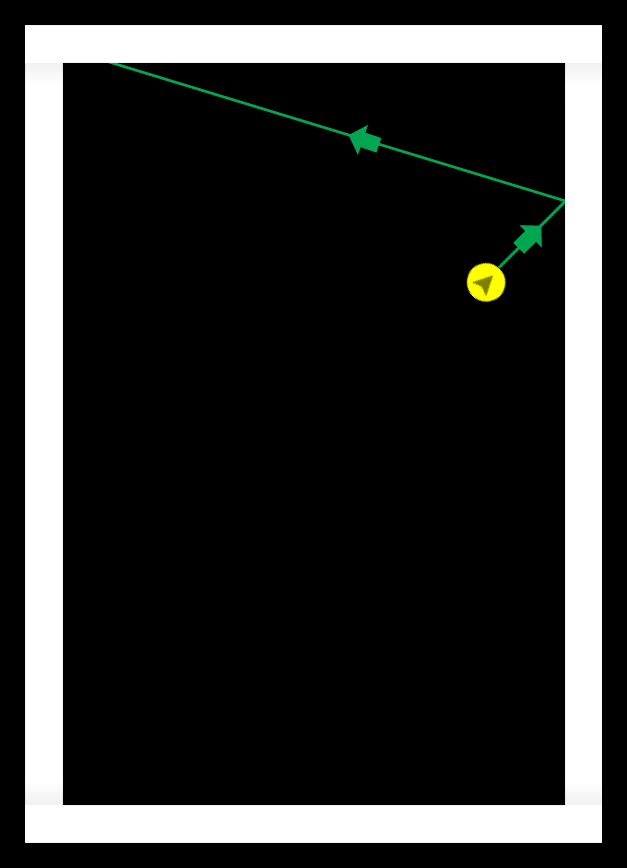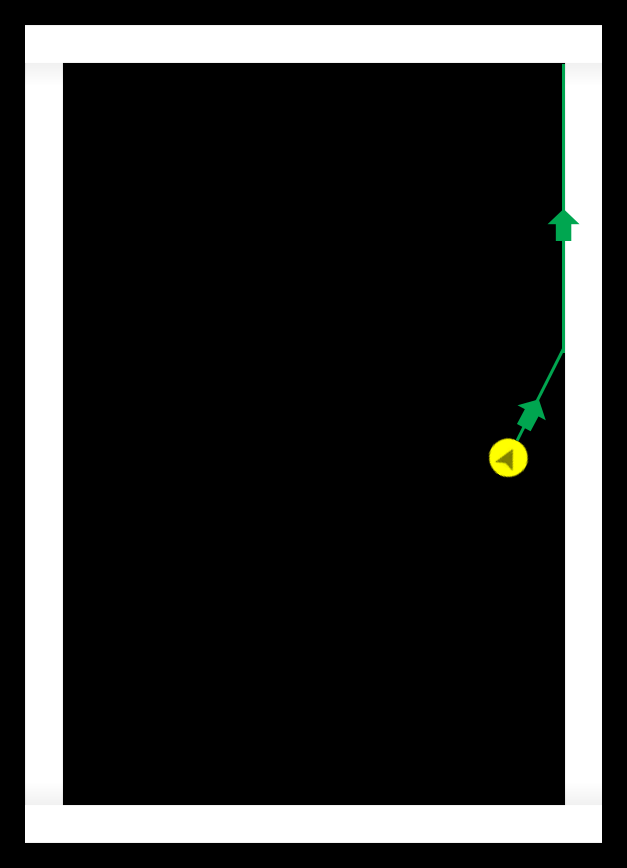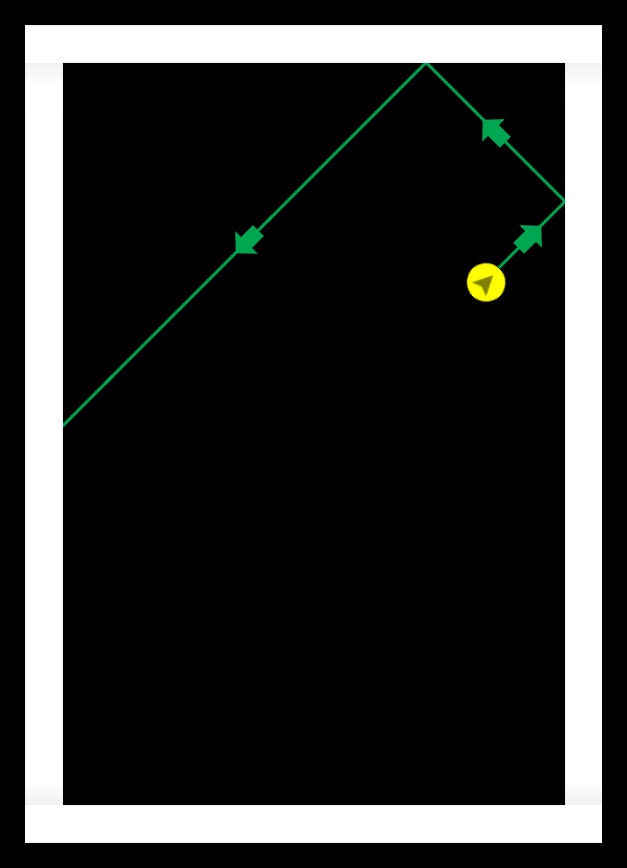Game Design 2 - Bounce Mechanic
My experience while working on a bounce mechanic for our game made with Unity.
Written the by Thomas Cairns.
Introduction
During the period of ten weeks, between week 3 and including week 12 I'm attending the course Game Design 2: Game Development. The course is hosted by Uppsala University with Marcus Ingvarsson as the course director.
As part of the course I'm creating a game together with four other students, we form team Leviathan. The course is broken up into three parts, two weeks of pre-production, five weeks of production and three weeks of post-production.
There are a few restriction on the development of the game that will shape some of the decisions we make so let list them before we continue.
- 2D graphics
- No gravitational mechanics
- Support PC controls, keyboard and/or mouse
- Single-player is required
- Minimum one type of projectile
- Minimum one type of power-up, must effect how the player approaches challenges ie. health bonuses don't count
- The development is done using the Unity game engine
- The game is based on a concept created by another group during the course Game Design 1
Concept
We choose to work on the concept called Draxl's Journey created by team Kraken. The concept is label as a casual space-shooter. Where the core mechanic revolves around the idea that the player doesn't have any offensive weapons, but rather a shield to deflect projectiles back towards the enemies.
Bounce
As one of the programmers on the team, one of my tasks for first week was to work on the projectile reflection. In other words how the projectiles travel pattern should behave on collision with another object, we call this the bounce behaviour. While working on this behaviour I have come across two possible solutions.
Unity Material
The first idea I tried was to use Unity's bounce material that we have been introduced during a lecture. The bounce material works using Unity's physics engine that utilise the properties of gravitation, mass, linear drag and rotational drag. Then the material itself also introduces two properties, friction and bounciness. These are a lot of variables and I'm not sure how all properties interact with each other and it doesn't seem to be all that obvious based on forum posts/question I have found so far.

With that said the bounce material works fairly well, there are only two problems so far when using it for the bounce mechanic. The first problem is that velocity can be transferred between objects that collide, what this means is that projectiles can have varying travel speed over time even if they started out the same. The second reason is that when using zero friction the material has a perfect reflection but the side effect is that if the trajectory angle goes below a certain degree the object will not actually reflect but instead sliding against the surface it collides with.

The combination of the two behaviours makes it difficult for the player to predict and calculate projectile bounces in advance. Since game is supposed to be a bit more light hearted and within the realm of causal play we don't think this would be optimal.
Own Calculations
In order to test against and have something that works more like what we want I spent some time creating a script that does perfect reflection of an objects velocity. It always rotates the object so it's facing it's travel direction. The experience becomes more like the fake physics one would expect but since the approach is naive and doesn't handle the velocity of the object it collides with and other details which results in some very strange travel paths.

We are using this approach right now in order to test it properly, in the future we'll see which one we actually go with. Since this one would probably require quit some polish.